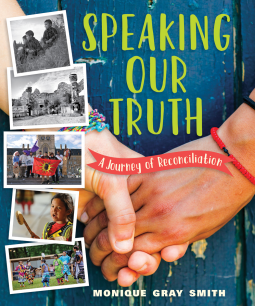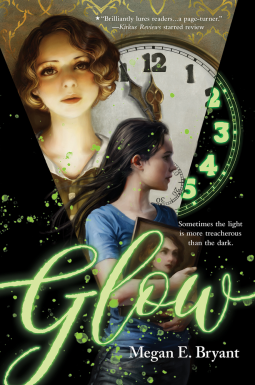 Robert Fulgham has nothing on me. You may remember that he learned all he really needed to know in kindergarten and wrote a book about it. I learned a slew of life lessons on one fine Saturday morning watching preschoolers play soccer and am now writing a blog about it.
Robert Fulgham has nothing on me. You may remember that he learned all he really needed to know in kindergarten and wrote a book about it. I learned a slew of life lessons on one fine Saturday morning watching preschoolers play soccer and am now writing a blog about it.
Tatum Park in Hattiesburg is a sea of soccer fields on Saturdays so locating where our two preschool grandsons were playing took the modern intervention of cellphones, but that’s beside the point. I had planned to give cheers and moral support, but unexpectedly ended up with a few surprises and great ideas.
(1) It was not uncommon for the young players to make a goal for the opposing team. Applause followed nonetheless.
(2) When one grandchild accidentally kicked the soccer ball into his teammate’s face, he  cried longer than his injured friend – truly sorry that the other child was hurt.
cried longer than his injured friend – truly sorry that the other child was hurt.
(3) Bystanders and parents, including the injured child’s parents, kept repeating, “It’s okay. It was an accident.” Blame was not assessed.
(4) The injured child, without prompting by an adult, brought peace to the kicker as he gave a hug to show both love and forgiveness.
(5) At the end of the other grandson’s game, I asked my son who won, and he said, “I don’t know.” Neither did any of the children who were busy giving high fives and running under the tunnel formed by their parents.
(6) The tunnels turned out to be so much fun that the temptation to run through one on a brother’s field was accepted and even encouraged.
Lessons carved out over the course of the morning were to take joy in scoring one for an opponent, to truly care when you cause someone to hurt, to extend forgiveness freely and spontaneously, and to find joy in the game and celebrate no matter who won or even if it’s your home field.
I have my doubts that these lessons will remain unblemished for a lifetime, but if they could stay and spread – picture what a world that would be!



























